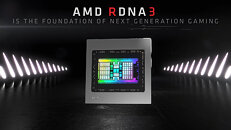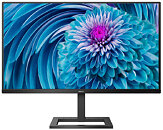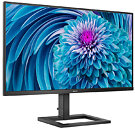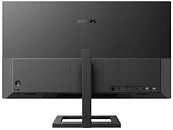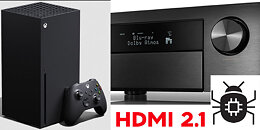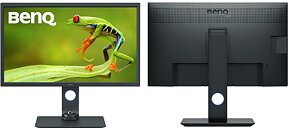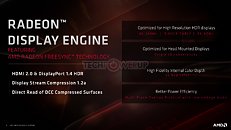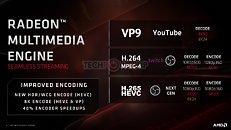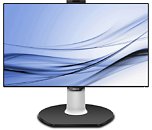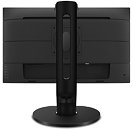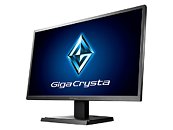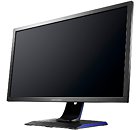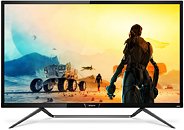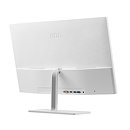Optoma Introduces Versatile Smart 4K UHD Home Entertainment Projector
Optoma, the No. 1 4K UHD projection brand worldwide and the No. 1 DLP projection brand in the Americas and worldwide, continues its commitment to deliver the best home entertainment experience with the debut of the Optoma UHD55 smart true 4K UHD projector. Immerse yourself in a true 4K UHD cinematic experience at home through stunning, larger-than-life images with the UHD55. Featuring 3,600 lumens of brightness, you can enjoy your movies with the lights on or in the evening. With an impressive 1,200,000:1 contrast ratio, the UHD55 is High Dynamic Range (HDR) and HLG compatible for brighter whites and deeper blacks resulting in brilliant color with 97% DCI-P3 coverage in wide color gamut mode with shutter enabled, enhancing the overall viewing experience.
For gaming enthusiasts, the UHD55 offers a built-in Enhanced Gaming Mode for an incredibly fast response time of 16 ms in 4K at 60 Hz and 4 ms in 1080p at 240 Hz, ensuring smooth and immersive gaming experiences. Additionally, the UHD55 offers smart tech integration features throughout, including seamless integration into smart homes with Amazon Alexa and Google Assistant compatibility. Offering a sleek and compact design, the UHD55 provides versatile projection and easy content sharing at the touch of a button with the Creative Cast app which allows you to wirelessly display images, documents, and videos from up to four devices.
For gaming enthusiasts, the UHD55 offers a built-in Enhanced Gaming Mode for an incredibly fast response time of 16 ms in 4K at 60 Hz and 4 ms in 1080p at 240 Hz, ensuring smooth and immersive gaming experiences. Additionally, the UHD55 offers smart tech integration features throughout, including seamless integration into smart homes with Amazon Alexa and Google Assistant compatibility. Offering a sleek and compact design, the UHD55 provides versatile projection and easy content sharing at the touch of a button with the Creative Cast app which allows you to wirelessly display images, documents, and videos from up to four devices.













